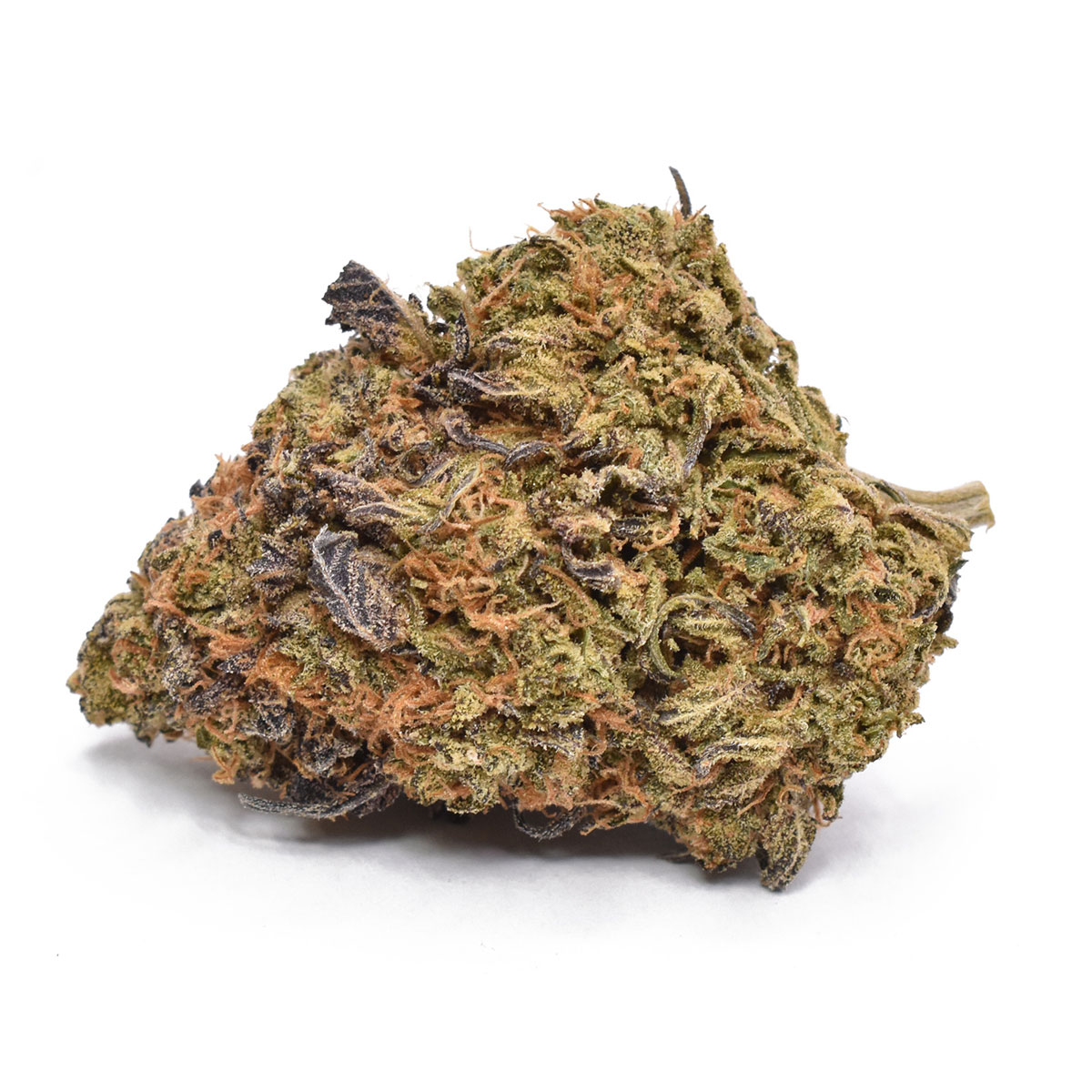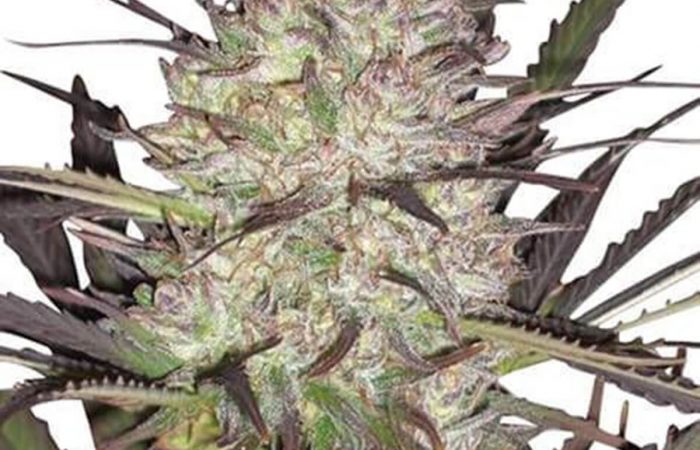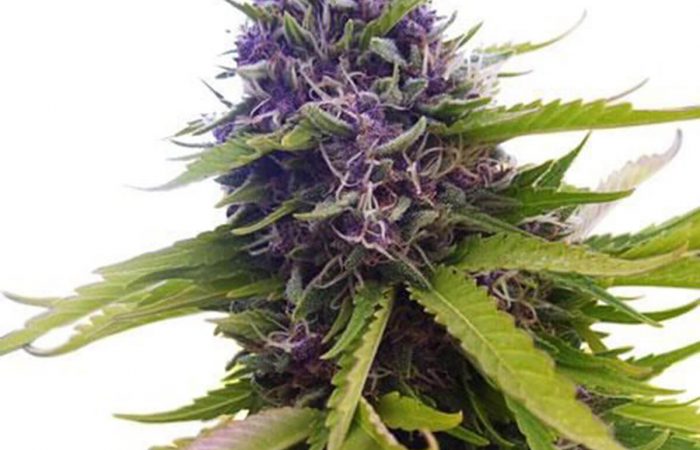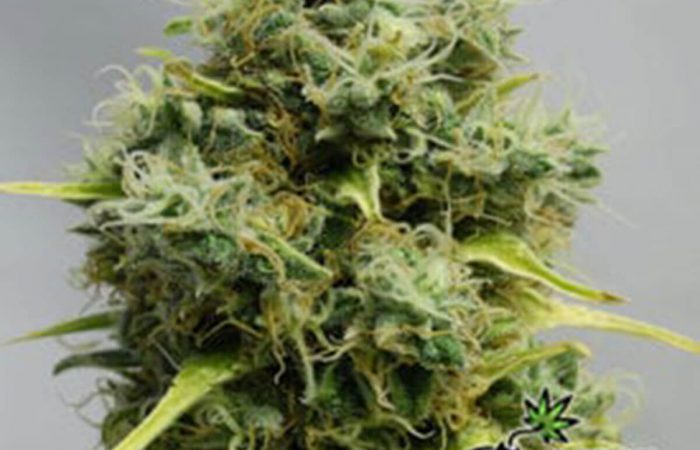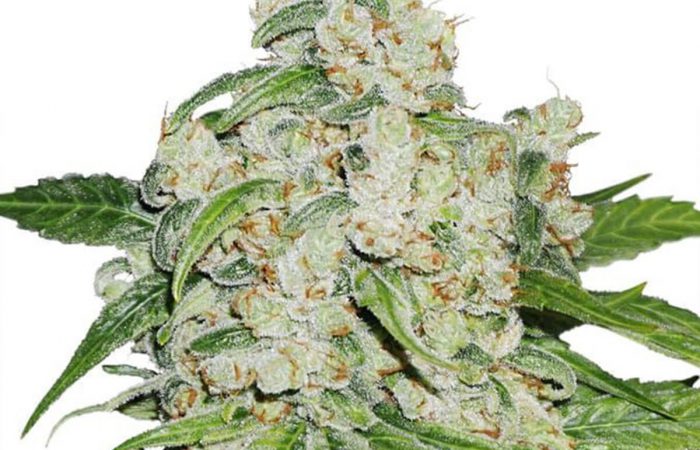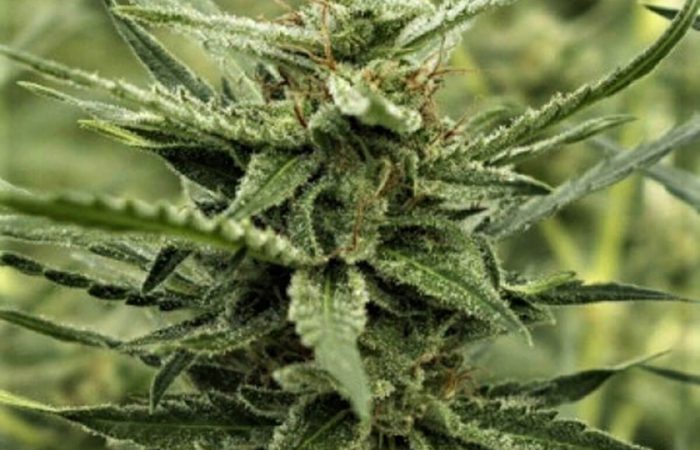Poison Berry Strain FAQ
What is Low-Stress Training?
Low-stress training (LST) is a common technique used by cannabis growers to control the shape and size of their plants. By gently bending and tying down the main stems, growers can encourage the plant to produce more lateral growth. This results in a shorter, bushier plant with a larger canopy area. LST can be used to control the height of a plant, reduce the risk of wind damage, and increase yield. Although it takes some time and patience to master, LST is a relatively simple way to give cannabis plants a little extra “training” and produce better results.
What is the Sea of Green technique?
The sea of green (SOG) technique is a cannabis growing method that involves planting many small cannabis plants close together and harvesting earlier than usual. The key to successful Sea of Green cultivation is to ensure that the plants are adequately spaced so that they have enough room to grow. When done correctly, the Sea of Green technique can produce an abundance of high-quality cannabis in a relatively short period of time. Unlike other cannabis growing methods, the Sea of Green technique does not require extensive experience or knowledge to be successful. As long as the plants are given enough space to flourish, any gardener can reap the rewards of this efficient and productive growing method.
What is the Screen of Green technique?
The Screen of Green (ScrOG) technique is a popular method for training cannabis plants. The goal is to create an even canopy of foliage, with all the buds receiving equal light. To do this, growers start by placing a screen or lattice over the top of the plant. Then, they carefully remove all but the most central leaves, tucking them underneath the screen. As the plant continues to grow, it will begin to fill in the empty space, creating an evenly-spaced canopy of green. The ScrOG technique has several benefits, including increased yields and improved airflow. It also helps to prevent problems like energy toppling, which can occur when buds inside the plant receive too much light. For these reasons, ScrOG has become a go-to option for many growers looking to get the most out of their cannabis plants.
Is training Poison Berry necessary?
Growers can let Poison Berry grow naturally and still achieve good yields. However, training the plant allows better air circulation between the flowering sites and light exposure to lower growths, which helps boost the production and prevent the formation of popcorn buds.
Does Poison Berry emit a strong enough aroma to need an odor extractor? If yes, when will I need it?
Growers of this strain will definitely need a carbon filter and extractor. Have everything set up by the 2nd or 3rd week of flowering.
What nutrients does Poison Berry need?
Autoflowering cannabis plants are a type of cannabis that begins flowering based on their age rather than the amount of light they receive. This makes them a popular choice for growers, as they are easier to care for than traditional cannabis plants. However, autoflowering plants still need the proper nutrients to thrive. One of the most critical nutrients for autoflowering plants is nitrogen. Nitrogen helps the plant to develop strong leaves and stems, and it is essential for the process of photosynthesis. Phosphorus is another vital nutrient, as it allows the plant to develop strong roots and flowers. Lastly, potassium helps to regulate water uptake and encourages healthy growth. By providing these essential nutrients, growers can ensure that their autoflowering plants stay healthy and produce high-quality buds.
Growers should get great results with any brand. However, bear in mind that most fertilizers are designed for photoperiod cannabis plants, so start with lower doses (1/3 or 1/2 of the recommended amount) and increase gradually should there be signs of nute deficiency.
